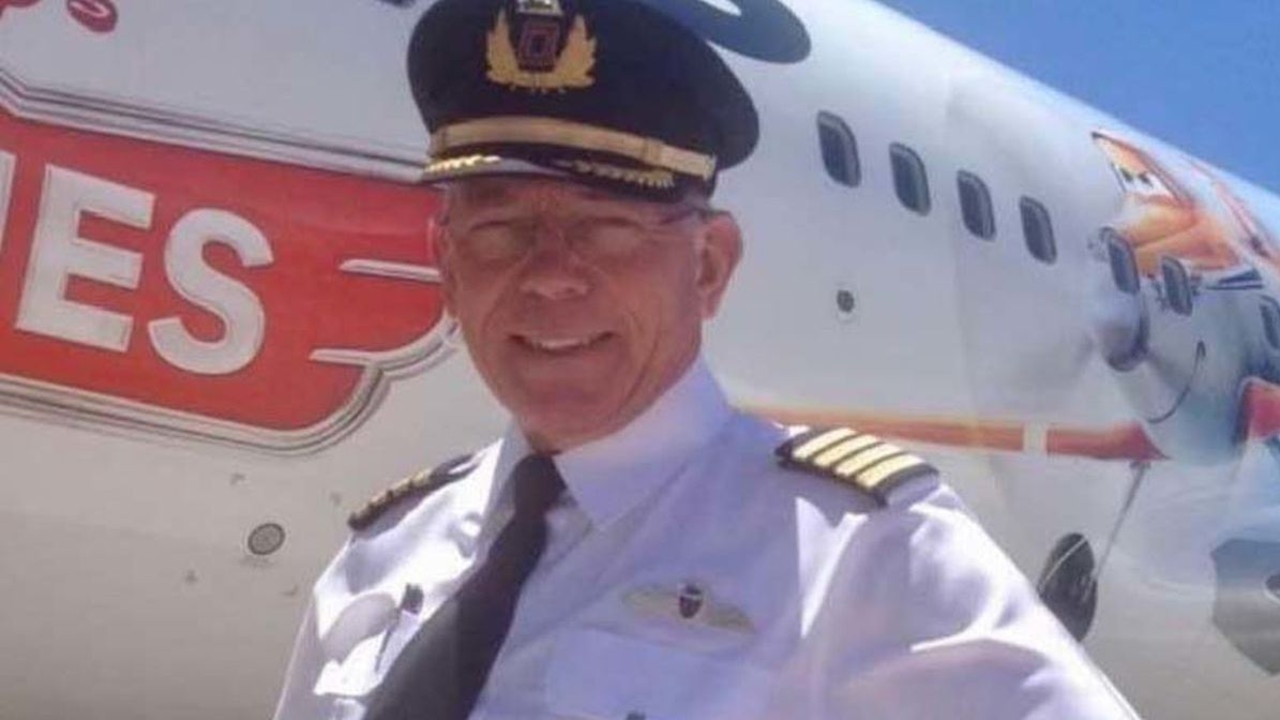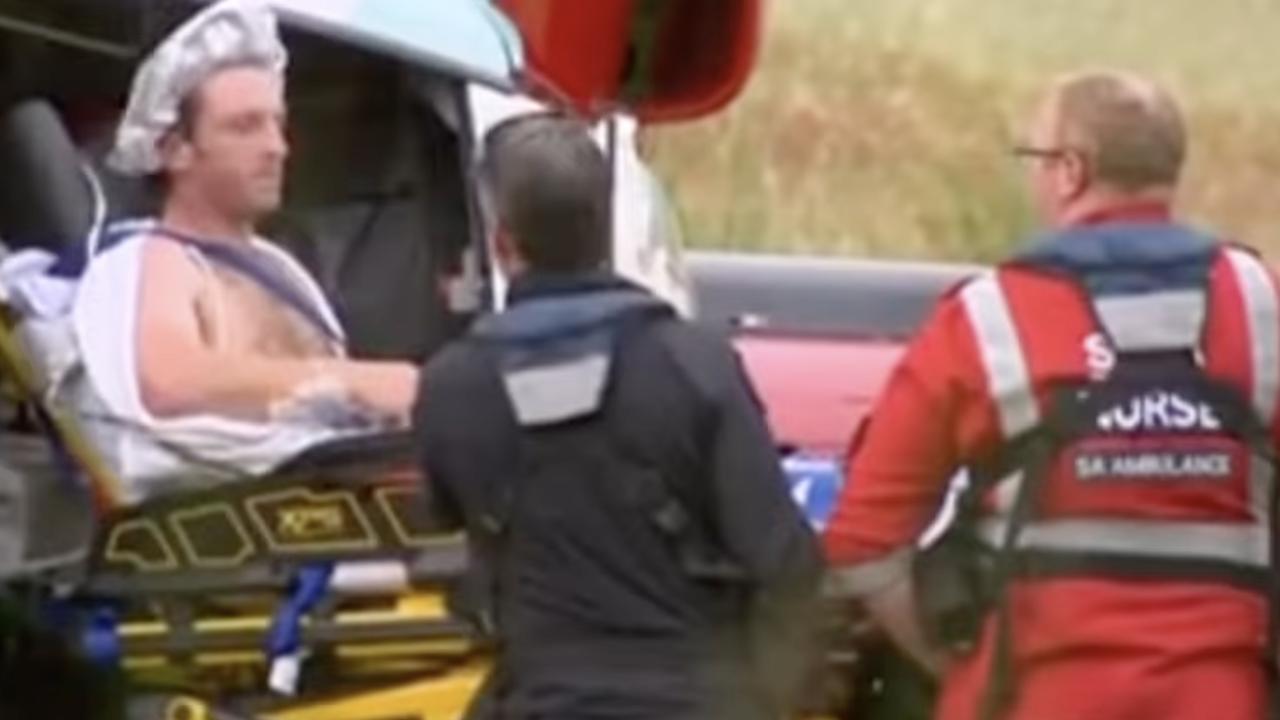Video cams to take closer look at man-made objects in MH370 search
MH370 search vessels will be fitted with sensitive video cameras to focus on objects on the ocean floor that searchers say ‘exhibit man-made properties’.
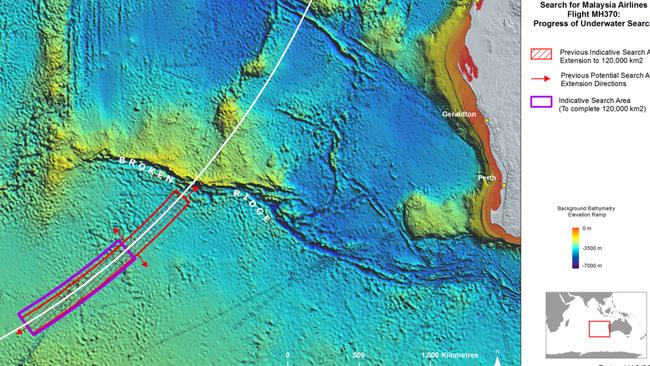
VIDEO cameras will be sent to the bottom of the Southern Indian Ocean to have a closer look at “man-made” objects detected by ships searching for MH370.
With the weather hopefully improving in coming weeks, the two vessels left in the search are being fitted with more sensitive equipment for the final stages of the operation.
In the case of the Chinese vessel, Dong Hai Jiu 101, a remotely operated vehicle (ROV) is being remobilised on the ship, equipped with a range of instruments including video cameras.
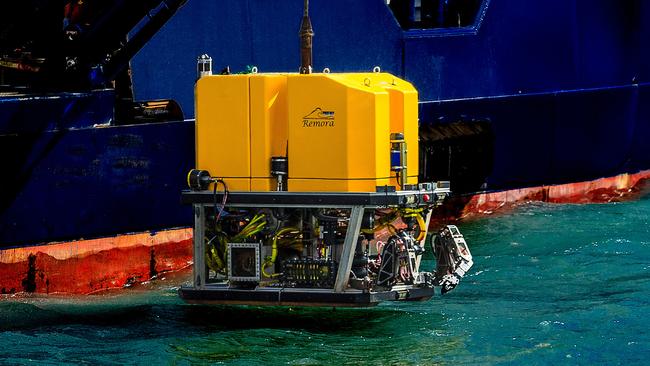
It will then be the ship’s job to revisit sites where previous sonar contacts have detected objects that “exhibit man-made properties”.
“None of the sonar contacts targeted for reacquisition exhibit the characteristics of a typical aircraft debris field,” said an Australian Transport Safety Bureau update.
“However some exhibit man-made properties and therefore must be investigated further to be positively eliminated.”
The update went on to say that poor weather had prevented the safe deployment of the ROV but now sea conditions were improving.
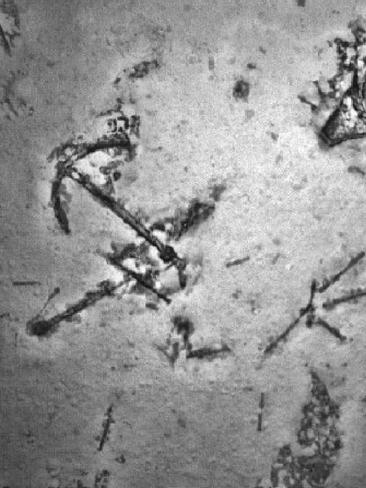
Previous man-made objects detected by sonar equipment have turned out to be ancient shipwrecks or shipping containers.
Fugro Equator is also away from the search area at the moment while it is fitted with an Autonomous Underwater Vehicle (AUV).
The AUV is able to access more treacherous terrain and crevices that have been hard to scour thoroughly with the deep sea sonar tow fish.
Less than 10,000 square kilometres of ocean floor is left to search in the priority zone for the missing Boeing 777.
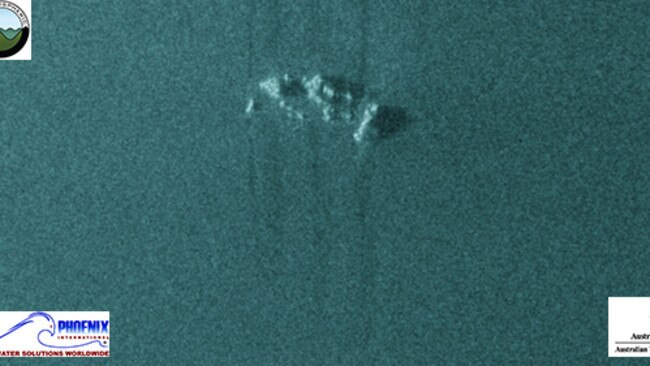
ATSB officials expect the entire operation to be completed by December, when it will be suspended in the absence of “credible new evidence” about the plane’s final resting place.
More than $180 million has been spent on the search with Malaysia footing the lion’s share of the bill.
Australian taxpayers have contributed $90 million, including $60 million on the deep water search.
Independent MH370 investigator Blaine Gibson has called for all countries with people on board the missing plane to contribute to the costly exercise in order for the search to continue.
The 239 passengers and crew came from 14 countries, including Australia, Malaysia, China, the US and France.


